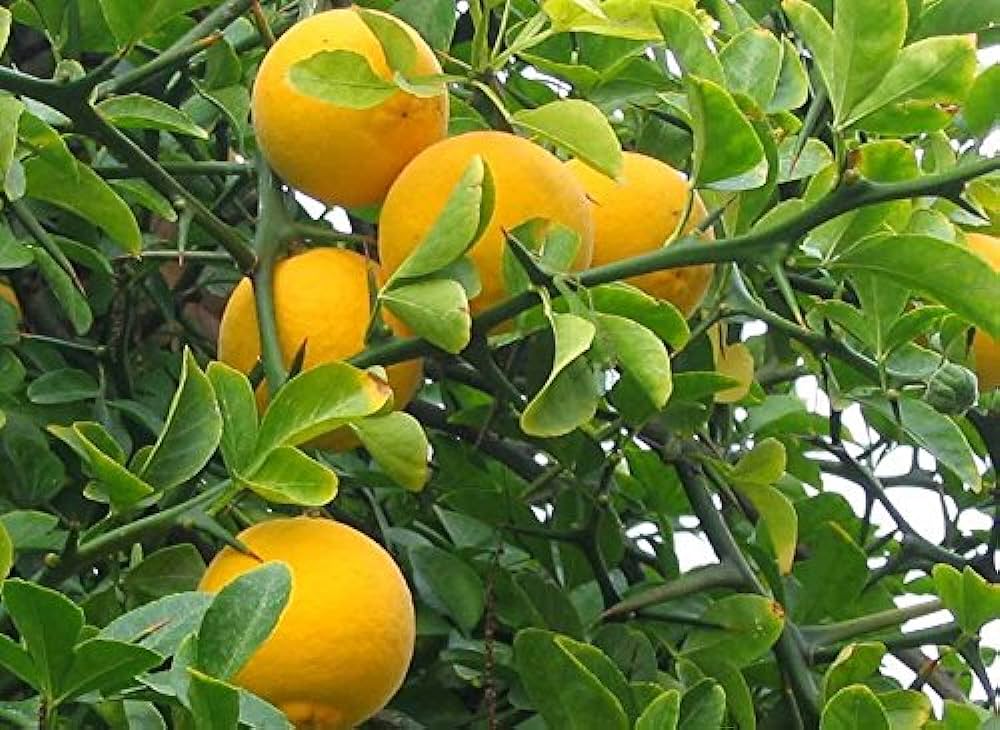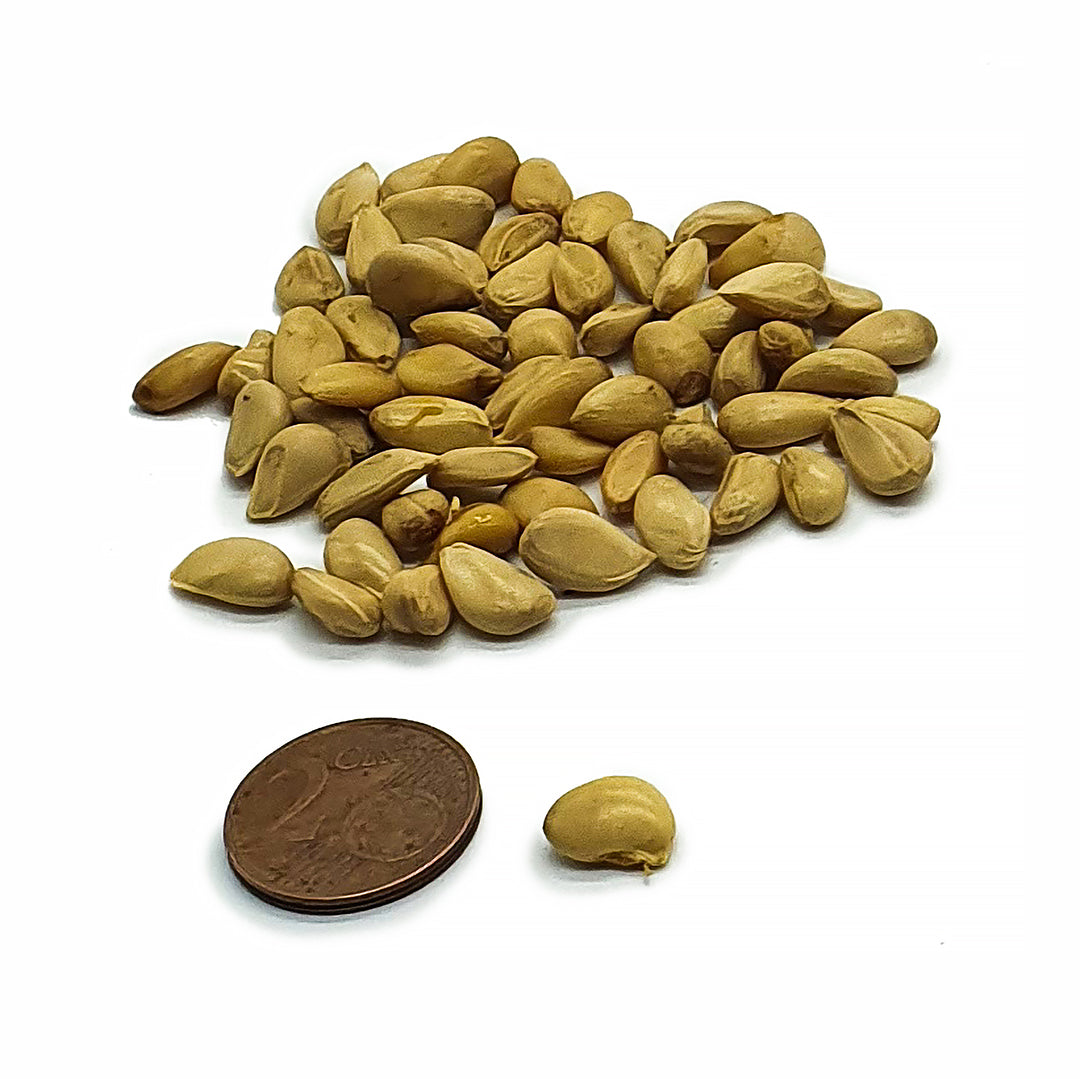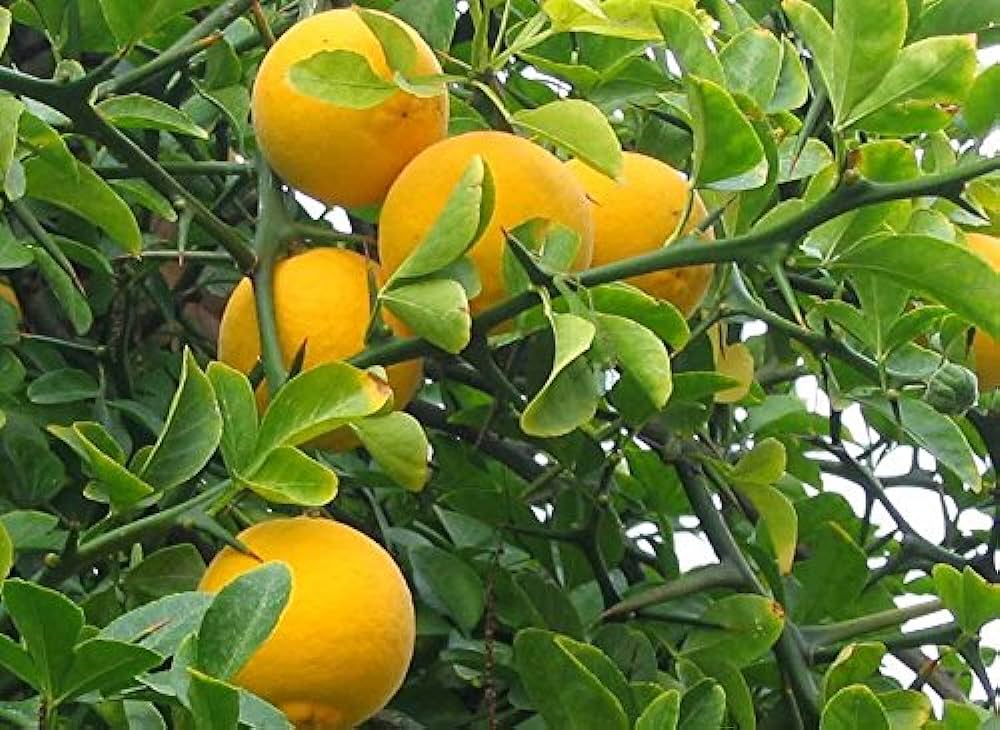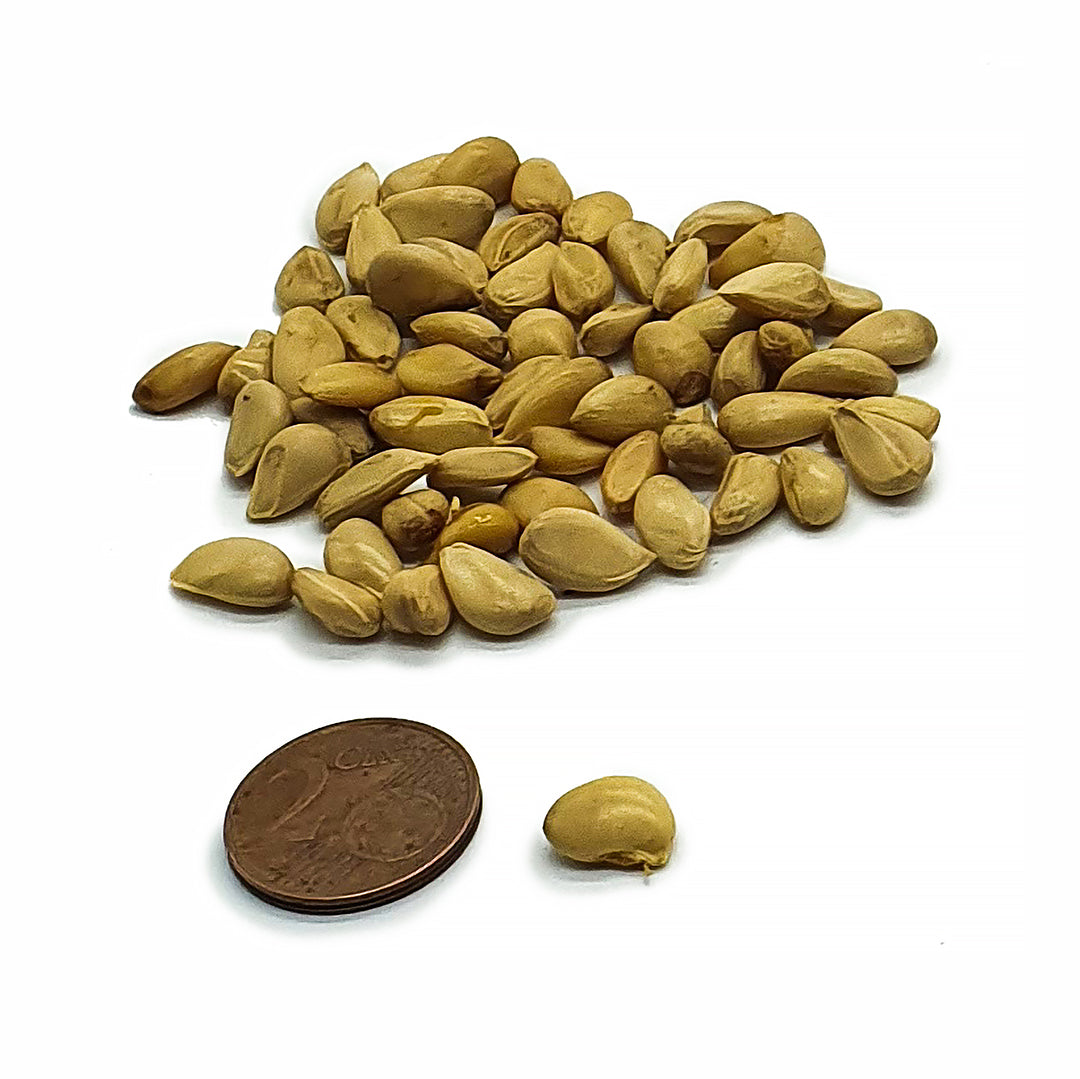1
/
of
2
Vivai Mola della Badia
Poncirus trifoliata - trifoliate orange - 15 seeds
Poncirus trifoliata - trifoliate orange - 15 seeds
Regular price
€2,98 EUR
Regular price
Sale price
€2,98 EUR
Unit price
/
per
Taxes included.
Shipping calculated at checkout.
Each pack includes 15 seeds
47 in stock
Couldn't load pickup availability
Genus of a single species of shrubs or small trees of the woods of China and Korea. Poncirus is a shrubby citrus or small bushy deciduous tree up to 4-6 m tall, rounded with stiff green shoots. Large thorns even more than 5 cm long grow in the axils of the leaves. The alternate, tri-palmate leaves are composed of 3 small, obovate, dark green leaves that turn yellow in autumn before fall. In late spring and early summer, often again in autumn, it produces white flowers, similar to citrus flowers, but a little larger and slightly less fragrant. The spherical fruits are green, yellow when ripe, 3-4 cm in diameter, and have tomentose skin, with a very bitter taste but with a pleasant scent and can be used for various preparations such as jams, liqueurs or dehydrated and shredded as spices. They are also used fresh to perfume wardrobes and drawers.
Pedoclimatic needs
The only deciduous citrus fruit that is not afraid of snow and frost (up to -16°/-18 °C) and can be grown outdoors even in cold areas. It may happen that specimens that are only a few years old are afraid of intense cold and wind. It adapts to all types of soil, preferring those without water stagnation and well fertilized. Full sun exposure, but also resistant to partial shade. The poncirus is often used as an ornamental plant and also to create hedges that are absolutely impenetrable, even to wild boars, due to its very robust thorns.Sowing
From autumn to early spring. The seeds are recalcitrant, cannot be stored for long and quickly lose germination. They should be sown immediately after receiving them.Botanical Information
Botanical Name: Poncirus trifoliata sin citrus trifoliata
Family: Rutaceae
Share




